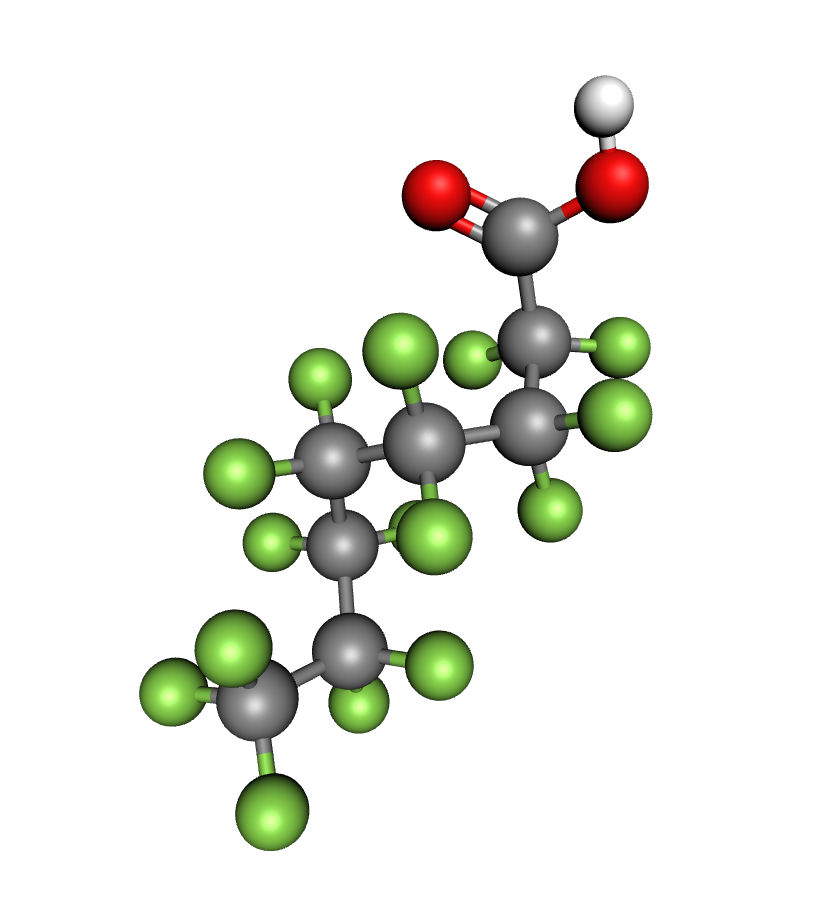Today, Granular Activated Carbon (GAC) is commonly used to treat PFAS contaminated groundwater on-site. The average removal efficiency of long-chain PFAS with GAC range from approximately 92 to 100%. However, this performance is drastically reduced when GAC is applied to short-chain PFAS and its removal efficiency decrease over time because of the GAC’s filter saturation (PFAS, organic matter, other contaminants). Therefore, these solutions present high operation and maintenance costs 0.35 €/m3 groundwater treated due to the short usage time.
In addition, each PFAS contaminated groundwater site has their own specific conditions in terms of lithological variabilities, groundwater flow velocities, geochemistry, co-contaminants, organic matter, and types of PFAS, among others, which make the implementation of GAC more complex and reduce its standard efficiencies.
Novel on-site PFAS remediation technologies such as surface foam fractionation (SAFF), anion, exchange filters (AEX), electrochemical oxidation (EO) and phytoremediation (PHYTO), are under study. However, they still face specific challenges hindering their full-scale application for PFAS contaminated groundwater. An approach combining these innovative remediation technologies, taking profit from their complementary strengths, will improve the efficiency and costs of removing PFAS, overcoming the challenges they face when implemented independently and covering the broadest specificities of PFAS contaminated groundwater sites.
LIFE SOuRCE aims at demonstrating a novel approach, based on the combination of SAFF, AEX, EO and PHYTO, to achieve the removal of a wide array of long-chain PFAS (removal efficiency > 99 %) and short-chain PFAS (> 95 %) at large-scale within affordable operation costs (up to 0.1 €/m3 groundwater treated), overcoming the current limitations of conventional methods based on the use of granular activated carbon.

| Cookie | Duration | Description |
|---|---|---|
| cookielawinfo-checkbox-analytics | 11 months | This cookie is set by GDPR Cookie Consent plugin. The cookie is used to store the user consent for the cookies in the category "Analytics". |
| cookielawinfo-checkbox-functional | 11 months | The cookie is set by GDPR cookie consent to record the user consent for the cookies in the category "Functional". |
| cookielawinfo-checkbox-necessary | 11 months | This cookie is set by GDPR Cookie Consent plugin. The cookies is used to store the user consent for the cookies in the category "Necessary". |
| cookielawinfo-checkbox-others | 11 months | This cookie is set by GDPR Cookie Consent plugin. The cookie is used to store the user consent for the cookies in the category "Other. |
| cookielawinfo-checkbox-performance | 11 months | This cookie is set by GDPR Cookie Consent plugin. The cookie is used to store the user consent for the cookies in the category "Performance". |
| viewed_cookie_policy | 11 months | The cookie is set by the GDPR Cookie Consent plugin and is used to store whether or not user has consented to the use of cookies. It does not store any personal data. |